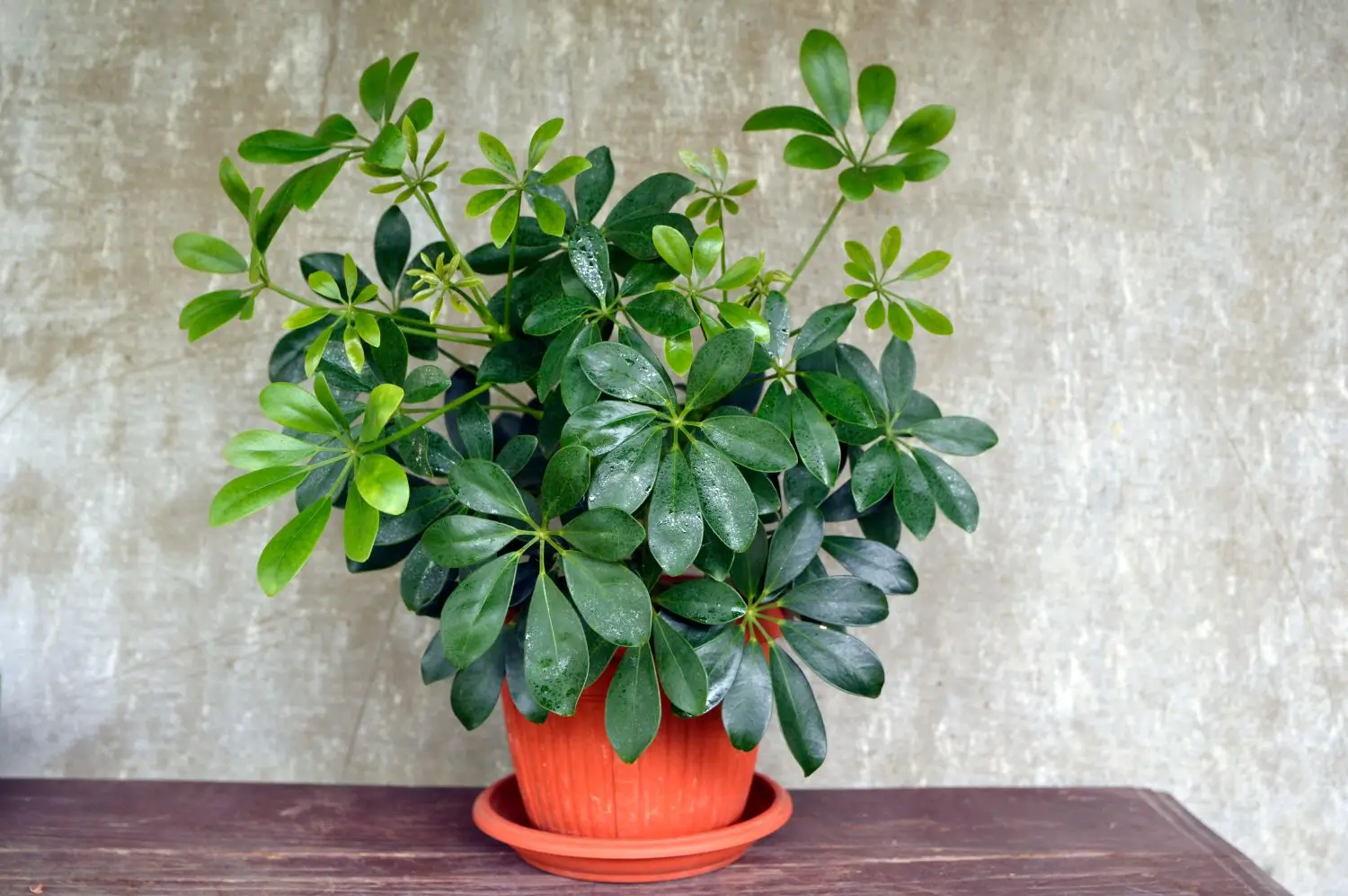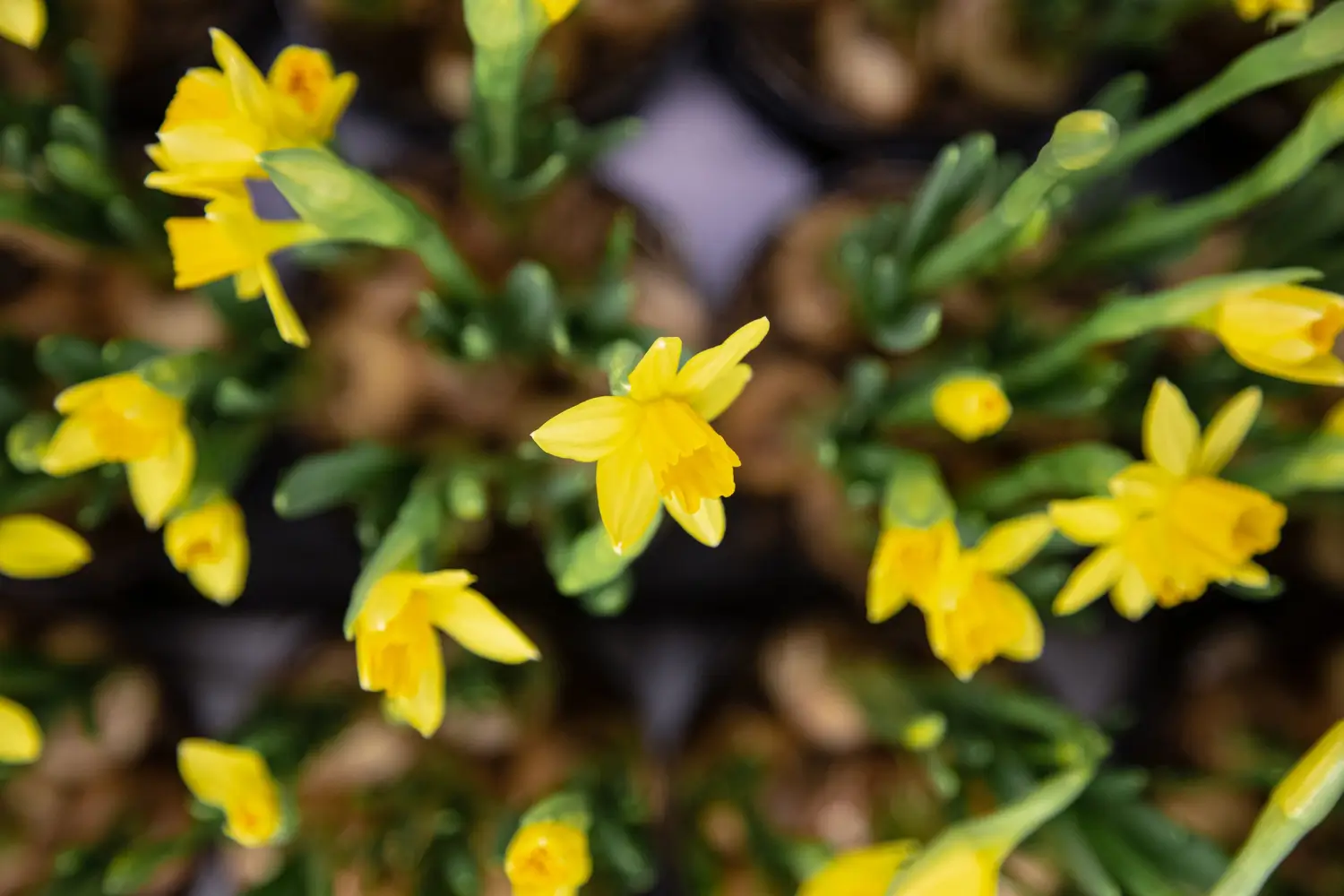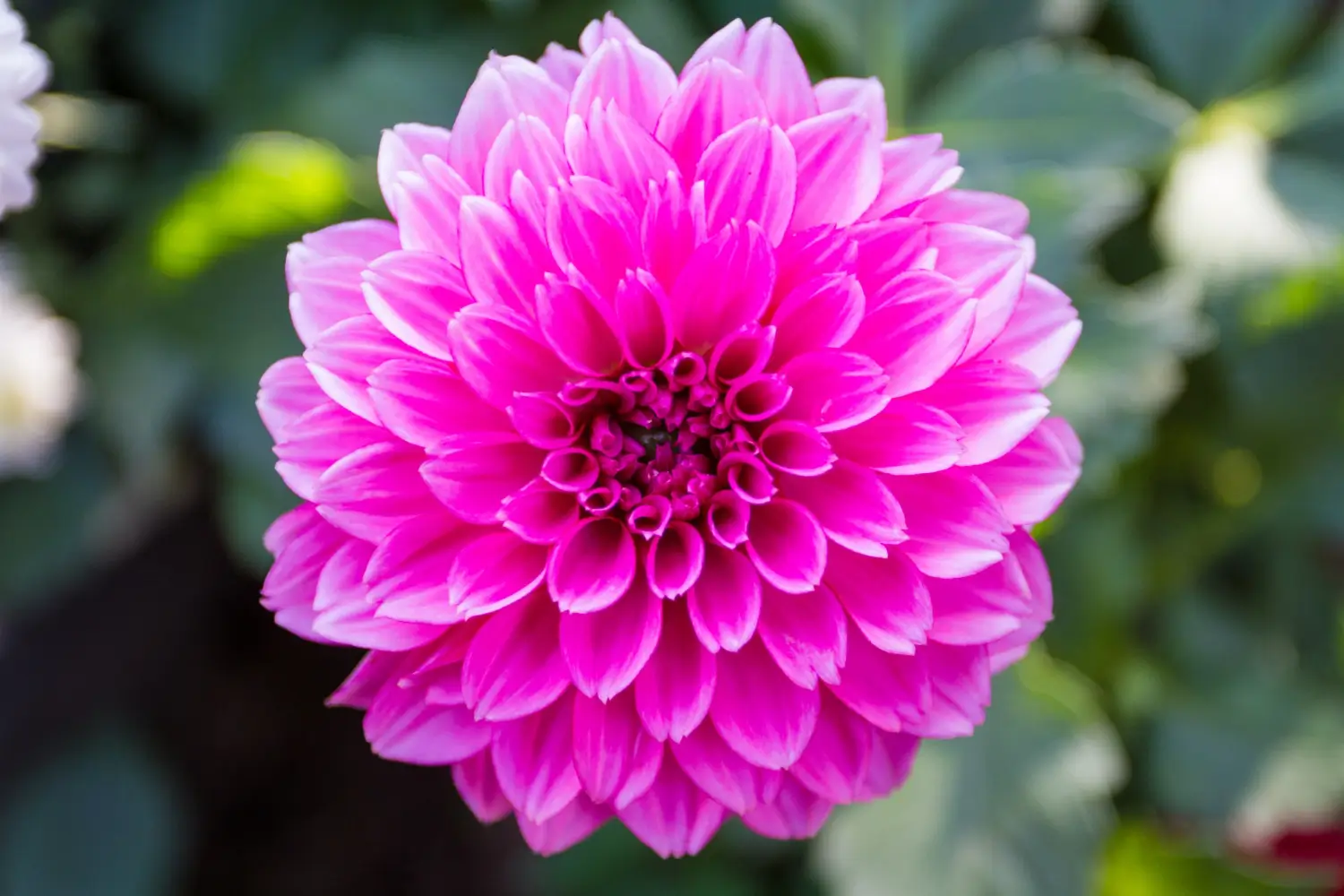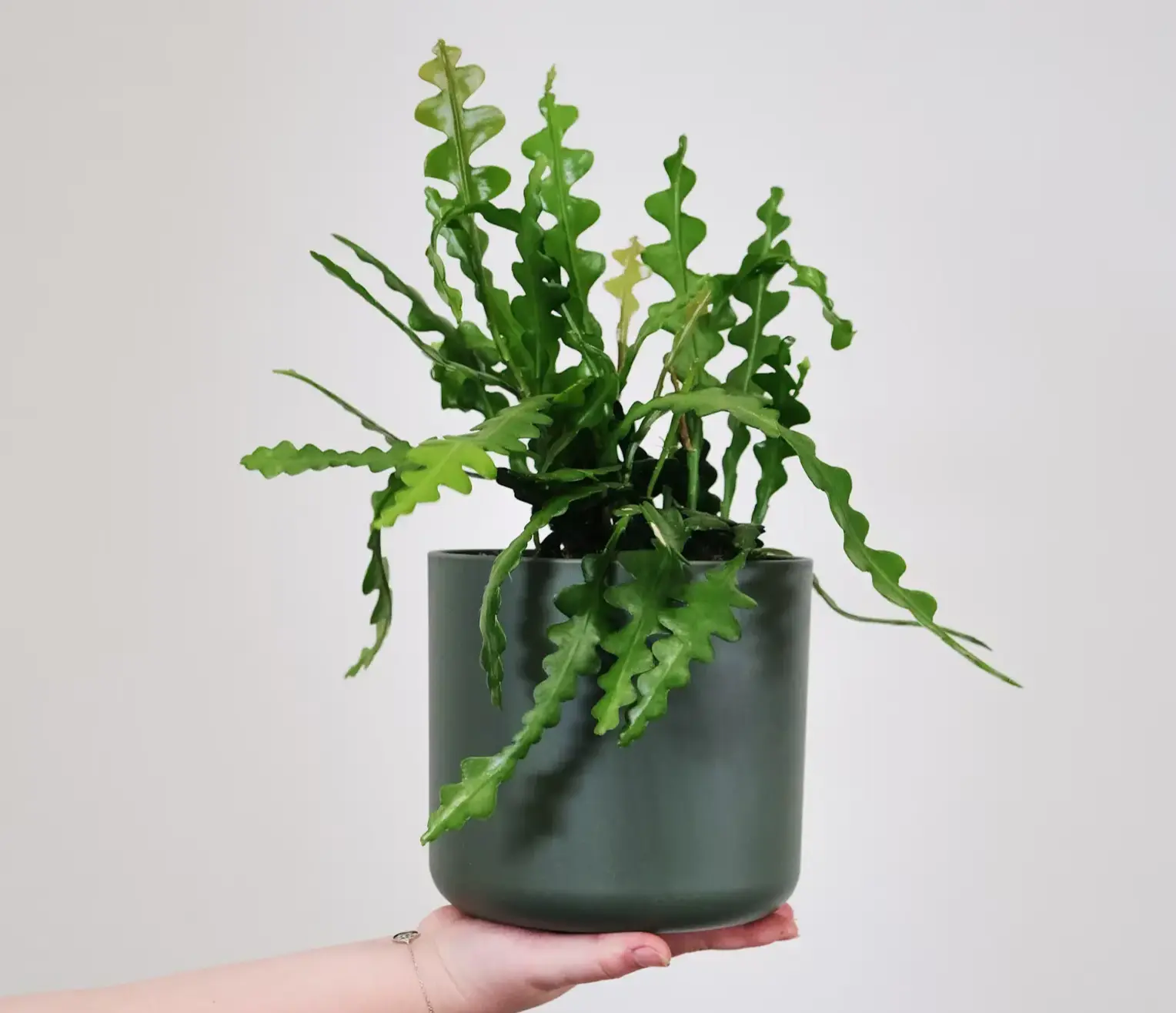
Soil Health & Fertilization
We unite suppliers and green industry professionals worldwide
With a name as amusing as it looks, let’s find out why the Umbrella Plant (Schefflera arboricola) deserves to be the centre of attention!
By Victor Miller
|Published on June 12, 2025


"Why try to fit in when you were born to stand out?"
With a name as amusing as it looks, let’s find out why the Umbrella Plant (Schefflera arboricola) deserves to be the centre of attention! Named for its glossy green leaves that fan out in a circular pattern, resembling the ribs of a tiny umbrella, this plant offers more than just good looks. It brings the lush, tropical vibes to both indoor and outdoor environments, and it’s incredibly forgiving for beginner gardeners. Originally from the islands of Taiwan and Hainan, the Umbrella Plant has become a beloved houseplant and garden addition all over the globe, thanks to its low-maintenance needs and charming form.
If you’ve ever fantasized about an eye-catching piece in your living room, or a vibrant accent to your patio, then adding an Umbrella Plant to your collection could be the easiest (and chicest) option.
| Botanical Name | Schefflera arboricola |
| Common Name | Umbrella Plant, Dwarf Umbrella Tree |
| Form | Tropical evergreen shrub |
| Size | Up to 10–15 feet outdoors, 3–8 feet indoors |
| Sunlight | Bright, indirect sunlight |
| Soil | Loamy, well-drained soil |
| Water Needs | Moderate |
| Hardiness Zones | 10–12 (USDA) |
| Toxicity | Toxic to pets |

September 25, 2025
9 minute read
September 24, 2025
9 minute read
September 23, 2025
10 minute read
September 22, 2025
9 minute read


Join as a seller and connect with thousands of B2B buyers nationwide!
Sign Up

Calathea orbifolia
There are very few plants that are able to provide an instant feeling of the tropics in the way that Calathea Orbifolia can.

Daffodil
Daffodils are undemanding, pest - deer and rodent - resistant and good in a wide variety of garden sites, making them an essential for gardeners in all climates

Dahlia
What’s not to love about a flower that delivers drama, color and resilience? Dahlias are really the perfect choice.

Zigzag Plant
Also known as Fishbone Cactus or Epiphyllum anguliger, the Zigzag Plant earns its extraordinary name from its dramatic, serrated leaves that grow in a zigzag—or fishbone—pattern.
Umbrella Plant is flexible and hardy. It is just as happy indoors in containers as it is outdoors in the tropical garden. It’s easy to care for—just give it bright, indirect light, moderate water, and well-draining soil. It’s rapid-growing under ideal conditions, but can easily be shaped and sized to fit smaller spaces with pruning. Umbrella Plants also enjoy slightly humid environments, mimicking their tropical roots, but they adapt surprisingly well to average household humidity.
Give your Umbrella Plant a little regular TLC, and it will remain healthy and lush year after year.
Umbrella Plants do best in bright, indirect light. Put them in an east- or south-facing window where they receive filtered light all day. While they can tolerate lower light, they will grow more slowly, and become leggy. Too much direct sunlight will burn leaves, which turn yellow or brown at the edges. Rotate the plant occasionally to ensure even growth and avoid a lopsided shape.
Umbrella Plants are in need of well-draining, rich soil. A good potting mix for tropical plants—one containing peat moss, perlite, and compost—works very well. They thrive best in soil that is slightly acidic to neutral (pH 6.0–7.5). If planting outdoors, ensure the ground drains quickly to prevent root rot. If your soil is somewhat heavy or clay, you’ll want to amend it with sand or organic matter to lighten the structure and improve drainage.
Water the plants when the top 1-2 inches of soil feel dry to the touch. They prefer consistent moisture but despise soggy soil. Overwatering can quickly drive roots to rot, particularly in cooler indoor temps. During the growing season (spring and summer), you may need to water once or twice a week, while watering should slow down in fall and winter. Always empty saucers under pots to avoid standing water.
Pruning Umbrella Plants promotes a better form, controls their size and stimulates bushier growth. Here’s how to do it:
Growing Umbrella Plants is easy and rewarding. New plants can be easily grown from cuttings:
Growing Umbrella Plants in containers allows you to move them indoors or out with ease:
In regions cooler than USDA zones 10–12, Umbrella Plants must be brought indoors before frost arrives.
Acclimate the plant slowly to less light by setting it in a shadier spot outside for a couple of weeks before bringing it in. Spider mites and scale are common pests, so check the plant and treat it if there is an infestation.
Indoors, keep it in a bright area, free from cold drafts or heat vents. In winter, water less frequently and raise humidity by periodically misting the leaves or placing a tray of water nearby.
Though Umbrella Plants can produce small, star-shaped flowers under ideal outdoor tropical conditions, blooms are rare indoors. Even out of bloom, their bold, shiny foliage is dramatic year-round. If your plant does happen to flower, consider it a bonus; otherwise, enjoy the lush greenery that is their true claim to fame.
While generally low-maintenance, Umbrella Plants can encounter a few common problems:
The Umbrella Plant is proof that style doesn’t have to come with a lot of effort. Whether you're growing it as a compact tabletop accent or a towering floor plant, Schefflera brings tropical flair and adaptable beauty to any space. Given bright light, regular (though not too frequent) water, and an occasional trim, you’ll have a gorgeous, structured plant worthy of its charming name.
Ready to bring a little island spirit and a lot of greenery into your life? Well, the Umbrella Plant could be the perfect one for you.
Yes, it is toxic when ingested by cats, dogs or other pets and can lead to mouth irritation and stomach upset.
Only in warm, frost-free climates (USDA zones 10–12). Otherwise, plant in pots and bring indoors in winter.
Indoors, it is a moderate grower (1-2 feet per year if cared for properly).
Leaf drop is often caused by overwatering, temperature stress, or sudden relocation to a new environment.

Soil Health & Fertilization
Victor Miller

Pest Identification & Prevention
Victor Miller

Lawn Care Tips & Maintenance
Victor Miller

Soil Health & Fertilization
Victor Miller

Smart Irrigation Systems
Victor Miller

Patios, Walkways & Driveways
Victor Miller

Soil Health & Fertilization
Victor Miller

Pest Identification & Prevention
Victor Miller
My Account
Our team is always here to help.
We are open Monday - Friday, 9:00 AM to 4:30 PM PST.